Myrtle Beach, South Carolina, is not just a popular tourist destination; it is also home to a rich variety of wildlife that enhances the beauty and ecological diversity of the region. Whether you’re walking along the golden sands, exploring the lush marshes, or hiking in the nearby state parks, there’s always an opportunity to encounter fascinating wildlife. In this guide, we will delve deep into the animals and their habitats, provide tips for wildlife viewing, and highlight local experiences that make Myrtle Beach a wildlife lover’s paradise.
The Unique Ecosystem of Myrtle Beach
The Myrtle Beach area features a range of ecosystems, each housing distinct wildlife. From coastal habitats and dunes to freshwater lakes and wetlands, the diversity is stunning. Understanding these ecosystems can enhance your wildlife observation experience.
Coastal Habitats
The coastal areas of Myrtle Beach are vital for numerous species. Shorebirds and marine life thrive here, making it essential to protect these habitats.
Common Coastal Wildlife
- Atlantic Bottlenose Dolphins
- Sea Turtles (Loggerhead and Green Turtles)
- Shorebirds (such as Sandpipers and Oystercatchers)

Wetlands and Marshes
Marshes and wetlands are found just inland from the coast, providing critical habitat for a variety of wildlife.
Inhabitants of the Marshes
- American Alligators
- Great Blue Herons
- Red-Shouldered Hawks
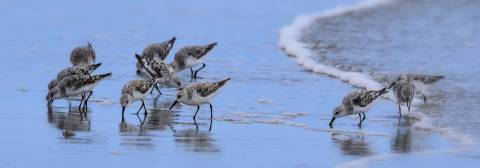
Wildlife Viewing Opportunities
Myrtle Beach offers numerous places where visitors can observe wildlife in their natural habitats. Here are some top spots:
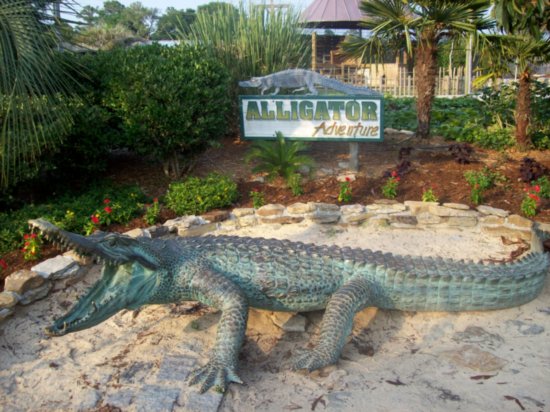
1. Myrtle Beach State Park
This park is a popular spot for both locals and tourists. It features beautiful trails through the maritime forest and access to the beach, perfect for spotting wildlife.
Wildlife to Spot
- Deer
- Turtles
- Variety of Bird Species
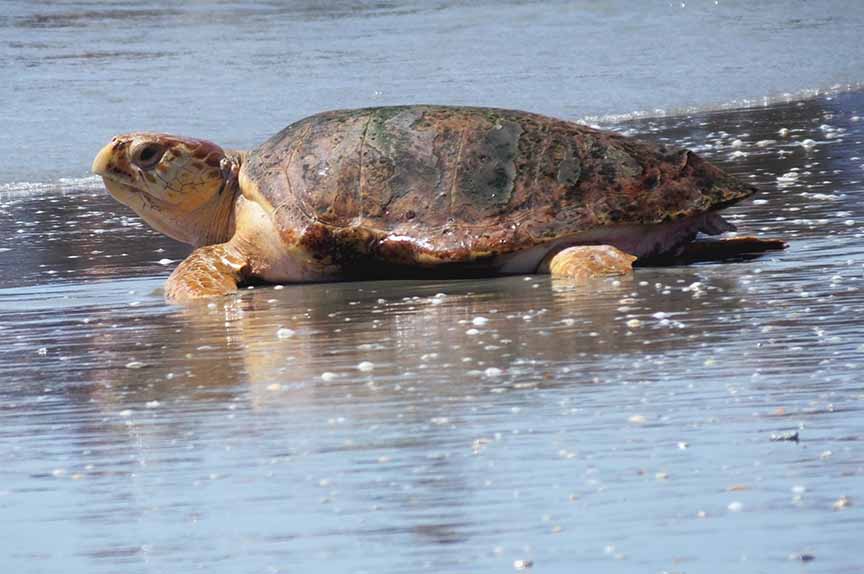
2. Huntington Beach State Park
Located just south of Myrtle Beach, this state park is famous for its scenic views and abundant wildlife. The park includes salt marshes, a freshwater lagoon, and beach habitats.
Top Spots for Wildlife Viewing
- Atalaya Castle Lookout
- Salt Marsh Trail
- Beach Areas for Turtle Nesting
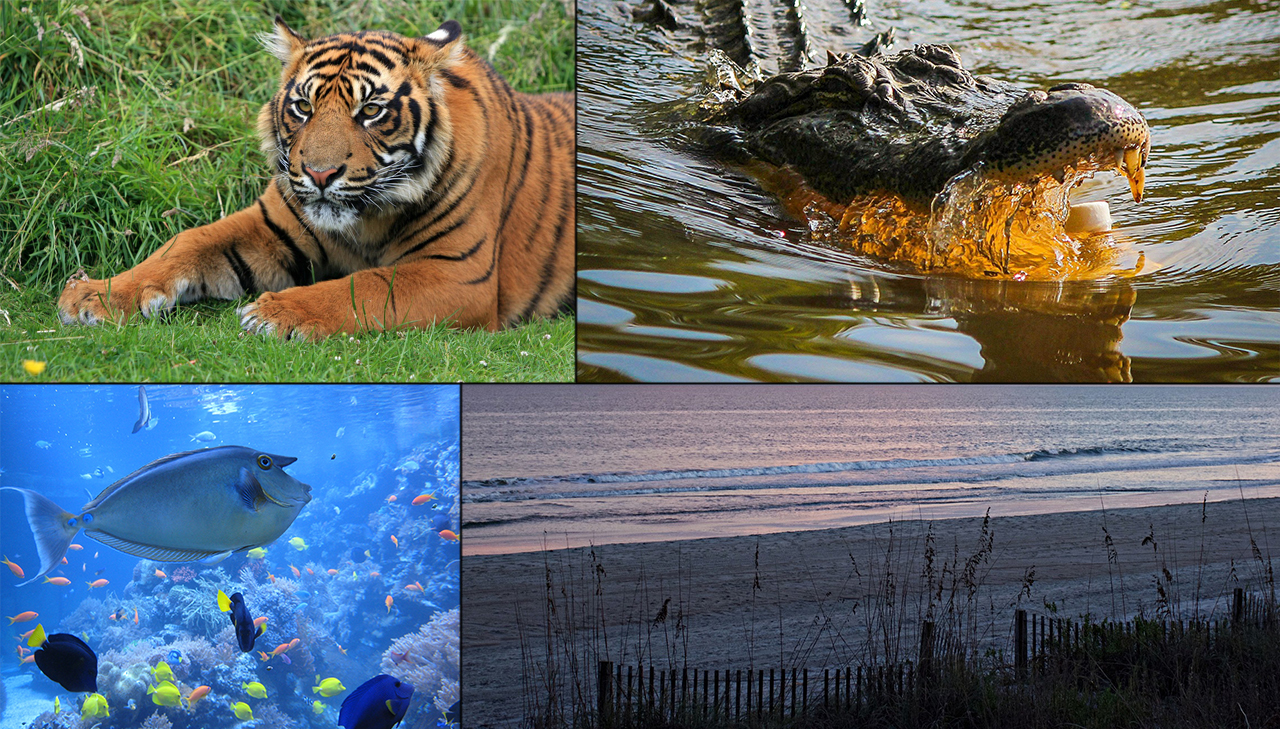
3. Waccamaw National Wildlife Refuge
This refuge protects diverse habitats and provides public access for wildlife observation and photography.
Wildlife Highlights
- Black Bears
- Alligators
- Variety of Migratory Birds
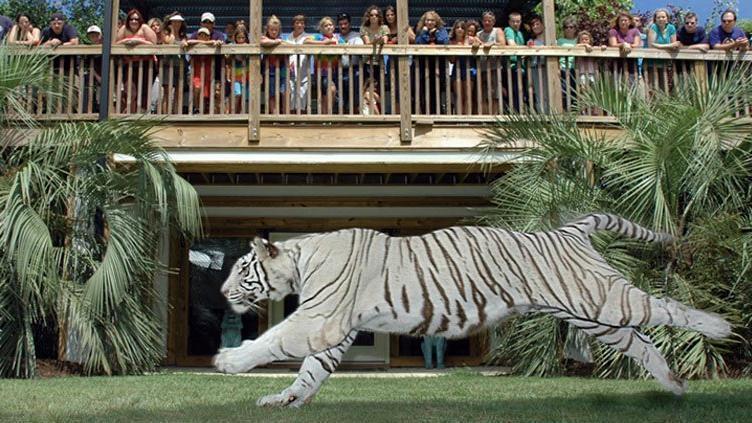
Best Times for Wildlife Viewing
Timing can be crucial for wildlife enthusiasts. Here’s an overview to help you maximize your experience:
Morning vs. Evening
Many animals are most active during dawn and dusk. Early mornings are particularly good for birdwatching, as many species are feeding before the heat of the day.
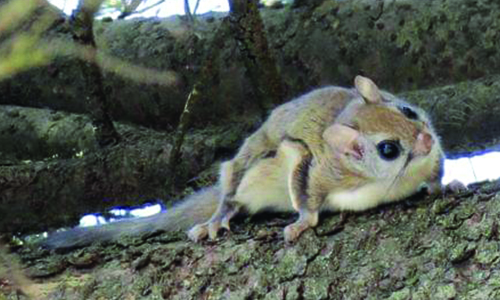
Comparison: Morning vs. Evening Viewing
| Criteria | Morning | Evening |
|---|---|---|
| Animal Activity | Higher for many species | Common for nocturnal species |
| Temperature | Cooler, comfortable | Warmer, potential for bugs |
| Lighting | Soft, great for photography | Golden hour for stunning visuals |
Local Conservation Efforts
.jpg)
Myrtle Beach is not just about enjoying wildlife; it is also about preserving it. Various organizations focus on conservation efforts in the area.
Organizations Supporting Wildlife Conservation
- Coastal Carolina University’s Marine Science Program: Engages in research and outreach for marine species protection.
- The South Carolina Department of Natural Resources: Manages wildlife populations and enforces conservation laws.
- Local Volunteer Groups: Many citizen-led initiatives work towards beach clean-ups and wildlife protection efforts.
Tips for Responsible Wildlife Viewing
To ensure that wildlife can thrive for years to come, it’s essential to engage in responsible wildlife viewing practices. Here are some top tips:
1. Keep Your Distance
Observe animals from a safe distance to avoid causing them stress or altering their natural behavior.
2. Do Not Feed Wildlife
Feeding wild animals can lead to dependency on human food and alter natural foraging behaviors.
3. Respect Their Habitat
Stick to designated paths and areas to minimize your impact on their ecosystems.
Local Experiences: Wildlife Tours and Activities
Engaging in local tours and activities can enrich your wildlife experience in Myrtle Beach.
Wildlife Boat Tours
Consider taking a boat tour that focuses on dolphin sightings or bird watching. These tours often provide knowledgeable guides who share insights about local wildlife.
Kayaking in the Marshes
Paddle around the marshes for a closer look at the intricate ecosystem and its inhabitants. Rentals are available, and guided tours are also offered.
Frequently Asked Questions (FAQs)
What types of wildlife can I expect to see in Myrtle Beach, SC?
You can encounter a wide range of wildlife, including sea turtles, dolphins, alligators, and many bird species. Spring and fall are particularly rich in wildlife activity.
Are there guided wildlife tours available in Myrtle Beach?
Yes, there are several companies offering guided wildlife tours, including boat tours, kayaking adventures, and nature walks. These tours provide expert insights into the local ecosystem.
When is the best time to visit Myrtle Beach for wildlife viewing?
Early mornings and late afternoons are the best times for wildlife viewing. Spring and fall are peak seasons for bird migration and activity.
What measures are in place to protect wildlife in Myrtle Beach?
Conservation efforts include habitat protection, wildlife advocacy programs, and regulations set by the South Carolina Department of Natural Resources.
Conclusion
Myrtle Beach, SC, offers an incredible opportunity to experience diverse wildlife in stunning natural settings. By being aware of local ecosystems, practicing responsible wildlife viewing, and engaging in local tours, you can enrich your experience while contributing to conservation efforts in the area. So grab your binoculars and embark on a journey to uncover the hidden wildlife treasures of Myrtle Beach!
References
Waccamaw National Wildlife Refuge (External link – nofollow)
South Carolina Department of Natural Resources (External link – nofollow)
Coastal Carolina University – Marine Science Program (External link – nofollow)
South Carolina Wildlife Viewing Guidelines (External link – nofollow)